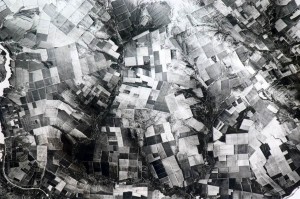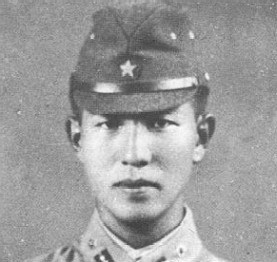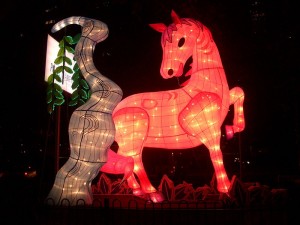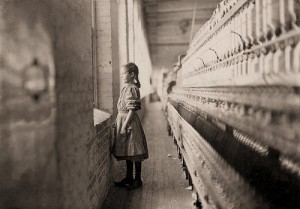
Figure 1 – Summit Peak, California in 1866 showing the tree stumps cut by the Donner Party in 1846 at the snow line. From the LOC via Wikimedipedia and in the public domain.
It has been snowing like crazy here in Massachusetts today. So it isn’t surprising that my thoughts today center around the white fluff. I just made a dash to the mailbox and that was quite sufficient to bring to mind the ill fated Donner Party and some very memorable photographs.
The Donner Party was a group who set out in 1846 for California during the great western migration. Arguably the hardest part of this journey was the perilous 100 mile trip across the Sierra Nevada. The Sierra Nevada mountains contain 500 distinct peaks over 12,000 feet. But more ominously because they are constantly bathed in the air currents that carry the moist vapors of the nearby Pacific Ocean they receive a huge amount of snow. This year (2014) is a radical exception. But for the early wagon trains of the California migration the key was making it to and crossing the Sierras before the snow fell. The Donner Party was delayed by a series of mishaps and didn’t reach the Sierras until early November of 1846. They were forced to winter in the Sierra Nevada. Snowbound, their food ran out and some of the emigrants resorted to cannibalism to survive, eating those who had succumbed to the deprivations of a bitter winter. Their story is legendary and considered to be one of the great tragedies of western history.
Figure 1 is an example of one of the photographs that I was speaking about. It was taken twenty years after the tragedy and shows the “Stumps of trees cut by the Donner Party in Summit Valley, Placer County.” The cut line towers over the man in the photograph, illustrating just how high the snow pack was in 1846 – just how hopeless the plight of these people was. The image is a gray-scaled albumen print, half of a stereograph. It is from the Library of Congress and was originally published as “Gems of California scenery, no. 778 (1866).”
I think that it is significant to note that the photograph does not show any of the horrors and deprivations that the Donner Party endured. Rather it accomplishes the same effect by allusion and association. You look at the man and then at the tree stumps and the whole story floods back into your mind. Photographs do not always need to depict terrible events graphically. Sometimes the associations is enough.
I once saw a British Documentary about the holocaust that followed the return of a woman, who was a physician, to Auschwitz. The documentary showed nothing graphic. It didn’t wrench you away with vividness. Rather it was defined by a moment when the woman entered a rooms, started to point out what was what, and then started to cry uncontrollably. It was that association which made this the most effective such documentary that I have ever seen.






